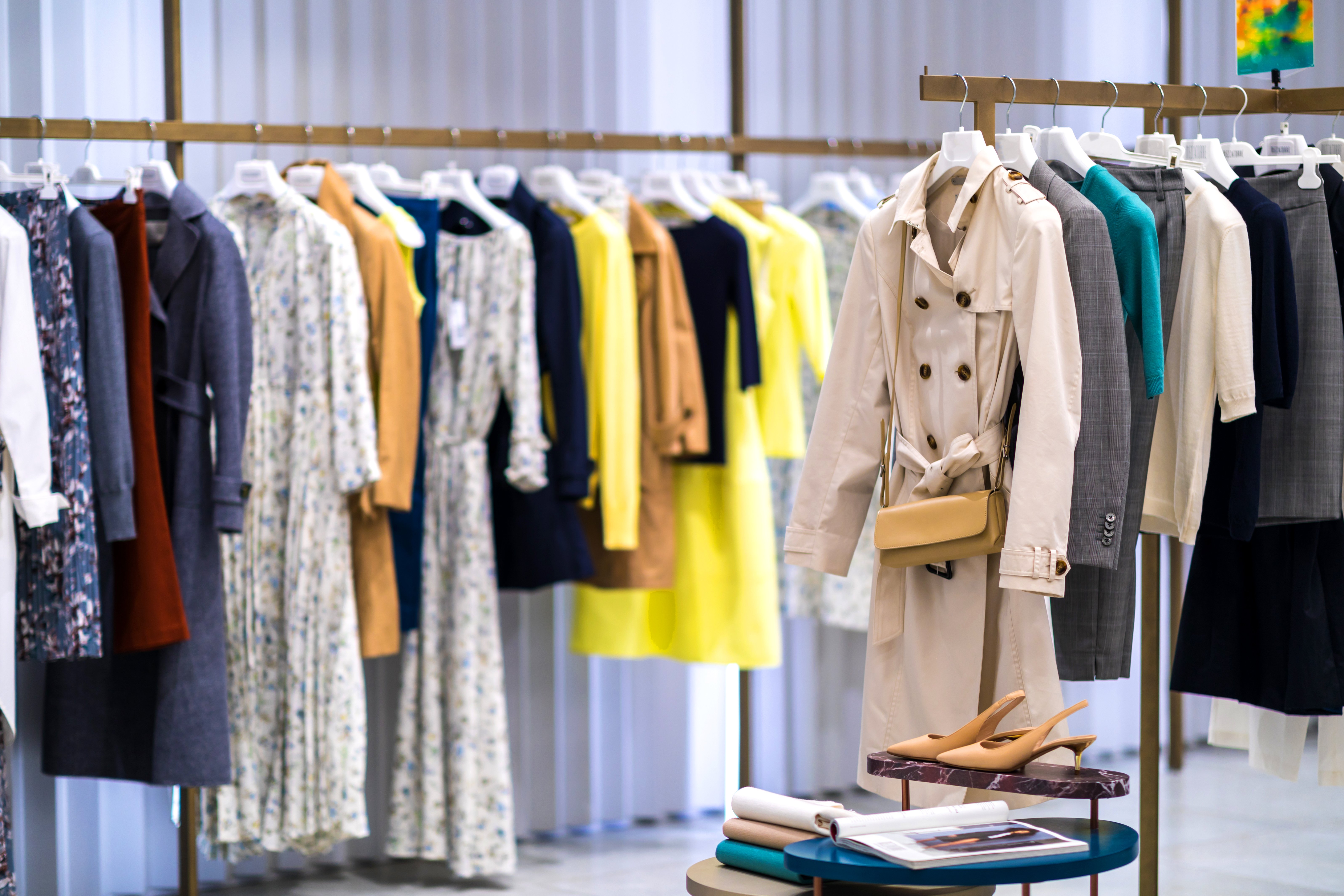Is this the end for fast fashion?
22 May 2020
Author: Linzi McGuire
Deemed as non-essential business, the fashion industry has seen an enormous slump in sales. So, how will it respond post-Covid?
Here’s 5 trends we think will make an appearance in the new fashion scene this season:
1. Closure and consolidation of stores:
We have already seen the beginning of the covid-effect on the fashion industry, the industry as we knew it no longer exists. Markets and stock prices tumble, lockdown sees limited opportunity to showcase trends at events and styles on the streets, supply chains have been shocked, and many brands struggle to retain staff as we’ve seen layoffs and redundancies in the news. A huge reshuffling will occur in fashion, restarting the entire industry. To stay afloat, brands will need to be savvy and sustainable. And we can’t avoid the fact that not everyone will survive with some brands simply disappearing, from our cities and our screens.

2. Investment in ecommerce and digital story telling:
In an industry that traditionally makes the majority of its money in brick and mortar retail, how do they transition this retail therapy experience online, and fast? Consumers buy fashion with their eyes and through touch. When the products become intangible what can they do to help consumers feel and see garments and accessories look and fit? Think AR and mixed reality. Brands like Nike, M.A.C. and Iolla are already paving the way, and H&M is testing it out on clothing, so is it likely to continue into mainstream? And how do they engage the older generation in this who wouldn't normally buy fashion online?

3. The responsible consumer:
Sara Maino, deputy Editor in Chief of Vogue Italia and directora de Vogue Talents, recently commented: “We didn’t respect the planet until now and in a way this (pandemic) is a message. Change had to be done. Everyone thought that the change would happen gradually, but that’s not the case.”
Spending less, investing in statement and classic pieces that hold their resale value or can be worn multiple ways will overtake fast fashion. The frequency of sales will decrease and consumers will demand easy-to-wear, durable items that will see us through a cyclical chain of events. Without disposable incomes to stock up on disposable trends consumers we will have to invest in more essential goods, wardrobe staples and classic pieces.

4. A surge in active and leisure wear:
Covid-19 has unquestionably led more people to exercise, while dressing business comfy rather than business casual for wfh video calls has also been a trend. What this means in the fashion world is an increase in demand for active and leisure wear. It’s quite acceptable to throw on a pair of leggings to pop to the shop for your essentials – they’re not just reserved for your 5k. To quote GQ, "we are living in the age of sweatpants and we’re never going back."

5. DIY fashion & swishing:
Lockdown has seen a resurgence of home cooking and baking, so is fashion next on the list to get the “at home” treatment? For some that might mean getting out the sewing kit, but for the majority it’s likely to mean an increase in second hand fashion and wardrobe swaps as consumers become more creative with less.
IMRG insight director Andy Mulcahy gave his view on what we can take from recent industry performance, “There is a bit of a myth going around at the moment that online sales are booming. It’s more accurate to say some online retailers are experiencing huge demand, outstripping even that seen over Black Friday, because so many people are in the exact same situation – i.e. stuck at home. That has created very lopsided demand among product categories. People simply don’t have much need for new clothes or shoes at the moment, which is why at the overall level sales growth is down.”
Our Head of Partnership Development, Lindsay Thornhill commented, “This the wake-up call that the fashion industry needed, for both brands and consumers. For consumers, now is the time to move away from mass production and be more responsible for our actions while brands need to find a way to reconnect with consumers and focus on the experience, whether that’s in store or at home. This means more creative use of technology and adoption of learnings from the luxury market, for example, shopping by appointment, personal shopping and showrooming, where the product is ordered for delivery Vs bought on the spot.”
If you’d like to chat to us about anything mentioned here or any other related queries, please contact us. Join us next week where we focus on bricks and mortar, looking at what the store of the future could look like to attract consumers back across different sectors, including food and concession stores.
_________________
ABOUT THE EXPERT

For more information on Lindsay Thornhill, Head of Partnership Development, visit her LinkedIn page.
